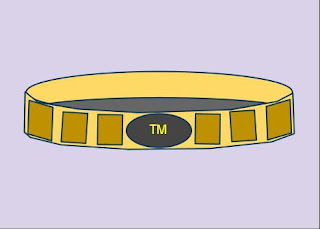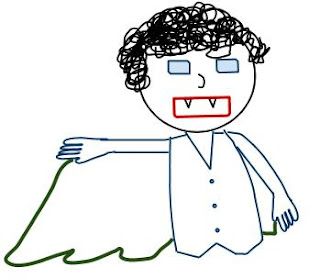
Remember when virtual reality was going to be part of every aspect of computing, nay, life itself? Neither do I. The closest I remember to thinking virtual reality was going to be useful for something was that scene in Jurassic Park (1993) when the scientist was using a gloves and goggles setup to manipulate a DNA double helix in 3D. The makers of The Lawnmower Man, however, really bought into VR as the technology of the future, and simultaneously roped in Pierce Brosnan to play the protagonist in this shabby special effects showpiece. For some reason, I had a notion that this was a widely regarded horror film, but I think I confused this movie and Hellraiser (1987), a mistake that would cost me 107 minutes.
I read a novel in grade school called Flowers for Algernon where a cognitively disabled man is given the same surgery as a mouse in order to vastly improve his intelligence. Apparently the characters in this movie had no contact with this book, as their message is mostly the same. I’ve seen other movies where people are vaulted to genius from relative obscurity (Phenomenon (1996) with Travolta comes to mind) and they all seem to reach the same conclusion: with super genius comes utter contempt for your former idiot friends and a soul crushing loneliness that is only alleviated by your death or eventual redumbification.
The poor, dimwitted “Lawnmower Man” Jobe (Jeff Fahey)–BTW, since when is “Lawnmower Man” a pseudonym for folks who cut grass for a living?–anyway, his only skill seems to be designing ridiculous looking lawnmowers, cutting grass, and working on his abs, though we don’t see the last one in any scenes of the movie. Dr. Angelo, who’s recent chimpanzee subject killed a bunch of guards, decides it’s time to move on to a human subject. If only the damn military weren’t corrupting his research, and injecting rage-ohol into his subjects along with the super brain drugs. Jobe starts his training, which consists of Dr. Angelo throwing Aztec calendars and Alchemy charts at his face in a virtual world. Unexpectedly (for those in the movie only) Jobe starts developing superhuman powers and hatches a plan to dominate the world.
If nothing else, this film has value in that it was just plain wrong about virtual reality. Take a look at this highly scientific caption that begins the movie:
I shall now write the rest of my review as if this prediction had become true…
CYBERDATE: 2 JULY 2010
LOCATION: The cyber-underground bunker, the last place VIRTUAL REALITY is not in widespread use
Hello my virtual friends. Brace yourself for this communication, and make sure you have enough time to download it on your 56k modem, print on your dot matrix printer, and delete it before Jobe’s VirtuaCops detect you with their VR helmet scanners.
I am composing this message in the underground, using what they referred to in the 20th century as a “key-board.” Sure, it’d be easy to compose this message by strapping on my virtual reality helmet, gloves with wires attached to the fingers, and a tight fitting body suit with neon piping that glows for no explainable reason, but then I’d be opening myself up to Jobe’s mind control algorithm, and I won’t do that.
I know it might be tempting to use the technology of VIRTUAL REALITY to enter computer generated worlds as unlimited as the imagination itself, where you can access the millions of positive uses that the creators of this technology envisioned, but stay strong my brothers and sisters of the resistance. Until next non-VIRTUAL REALITY cyber-textual-communication activity, formerly known as “electronic-mailing”
-VRfighter_26@excite.com
4/10: We were promised virtual reality


